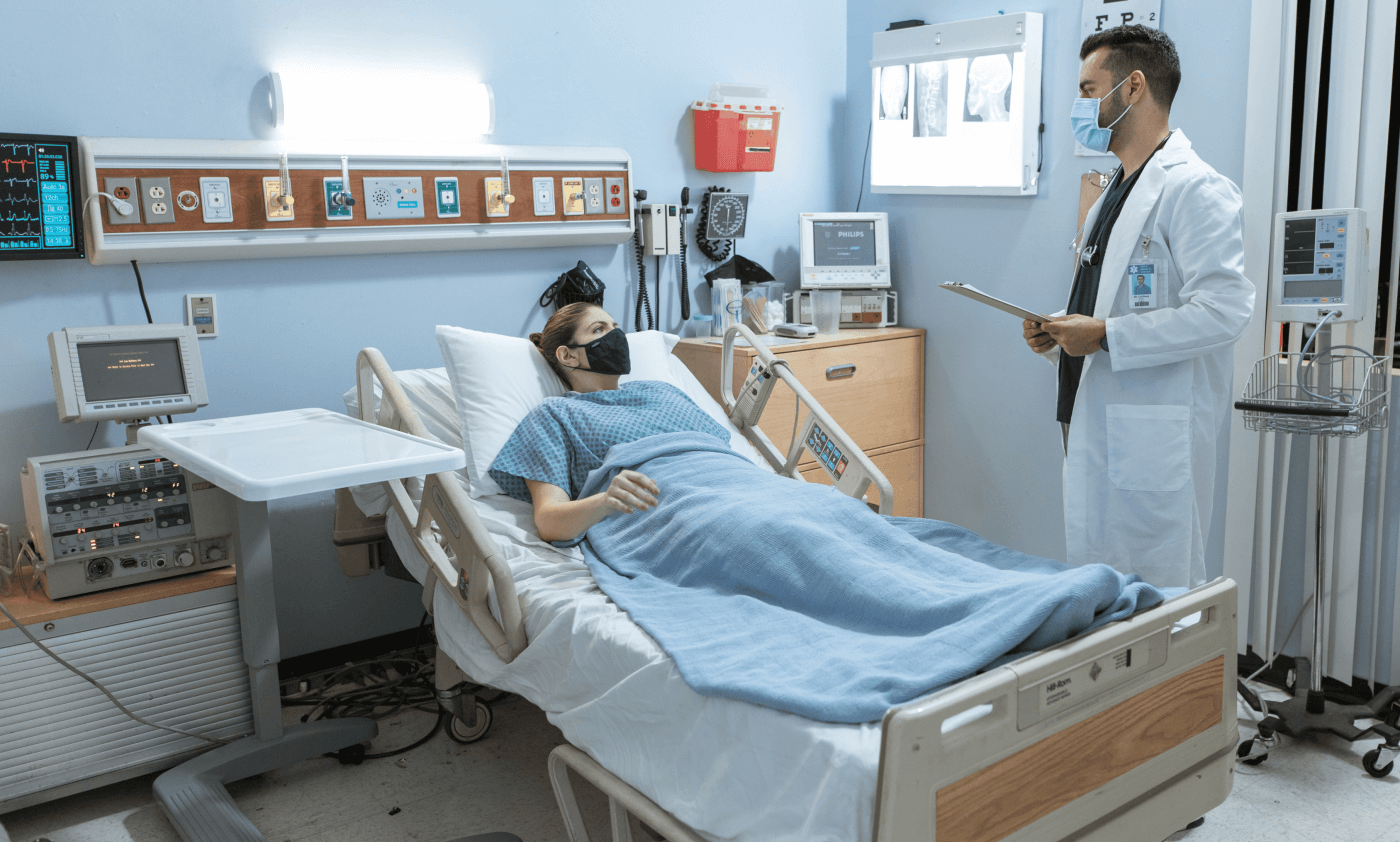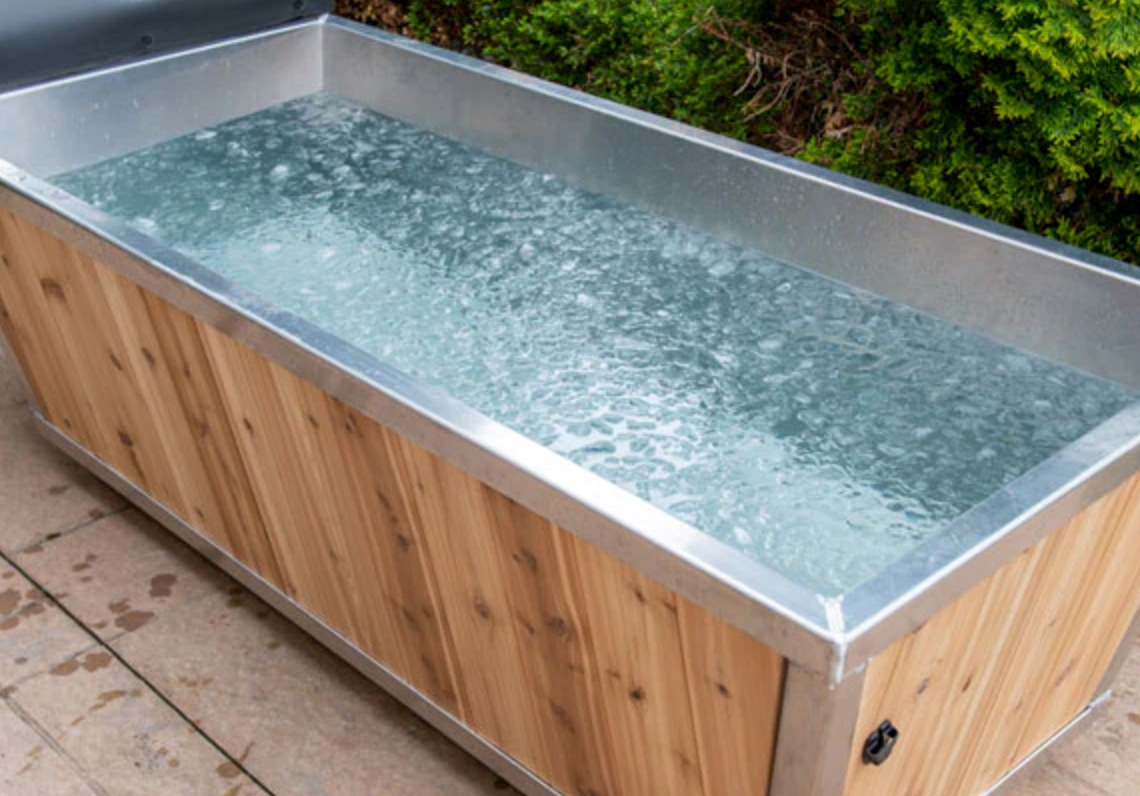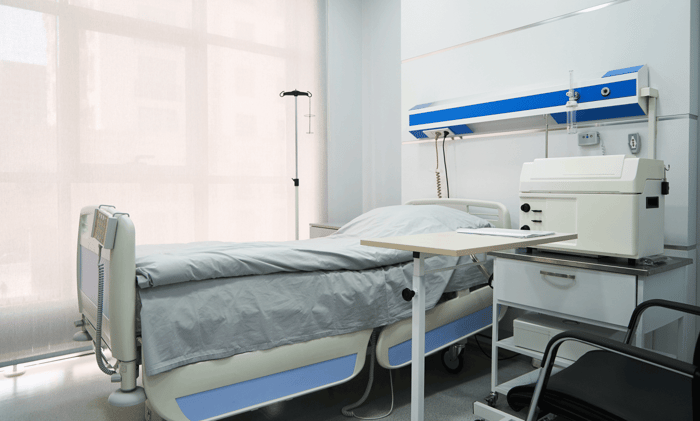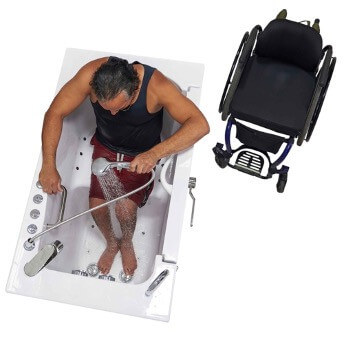
Sleep is essential for our physical and mental health. But for people who are obese or have certain medical conditions, getting the restful sleep they need can be a challenge. That’s where bariatric beds come in. A bariatric bed provides extra support and comfort to those who need it most, allowing them to get the restful sleep they deserve.
In this guide, we will explore what bariatric beds are, their benefits, and how you can choose one that fits your needs perfectly. So if you’ve been struggling with finding a comfortable bed option that meets your unique requirements, read on!
Understanding Bariatric Beds
Bariatric beds, in the simplest terms, are specialized hospital beds designed to accommodate individuals who are overweight or obese. They're built to be sturdier, wider, and more comfortable than standard hospital beds. But why are they necessary? Let's dive deeper.
The Need for Bariatric Beds
Obesity is a growing health concern worldwide. According to the World Health Organization, global obesity has nearly tripled since 1975. In 2016, more than 1.9 billion adults were overweight, of which over 650 million were obese. These staggering numbers highlight the increasing need for healthcare equipment designed to accommodate larger individuals, hence the advent of bariatric beds.
Bariatric beds are not just about size and weight capacity, though. They're also about providing the necessary comfort and safety for patients. Standard hospital beds may not offer the required support for obese patients, leading to discomfort and potential health risks. Bariatric beds, with their enhanced design and features, aim to address these issues.
Key Features of Bariatric Beds
Bariatric beds come with a host of features designed to enhance patient comfort and safety. Here are some of the key features you'll find in a typical bariatric bed:
● Increased Weight Capacity: Bariatric beds are designed to support a higher weight capacity, typically ranging from 600 to 1000 pounds. This is significantly higher than the average hospital bed, which can usually support up to 350 pounds.
● Wider Bed Dimensions: To accommodate larger individuals, bariatric beds are wider than standard hospital beds. The extra width provides more space for the patient, enhancing comfort and ease of movement.
● Adjustable Bed Height: Bariatric beds often come with adjustable bed heights. This feature allows healthcare providers to raise or lower the bed to a comfortable height for patient care.
● Pressure Redistribution Mattresses: Many bariatric beds come with pressure redistribution mattresses. These mattresses help distribute the patient's weight evenly across the bed, reducing the risk of pressure sores.

Now that we've covered the basics of what a bariatric bed is and its key features, let's talk about the impact these beds have on patient care.
Enhancing Patient Comfort
Comfort is a critical aspect of patient care, especially for individuals who are bedridden for extended periods. Bariatric beds, with their wider dimensions and pressure redistribution mattresses, provide enhanced comfort for larger patients. This increased comfort can lead to improved patient satisfaction and potentially faster recovery times.
Improving Patient Safety
Safety is another crucial factor in patient care. Bariatric beds are designed to reduce the risk of patient injuries. Their sturdy construction and higher weight capacity prevent the bed from collapsing under the patient's weight. Additionally, the adjustable bed height allows healthcare providers to care for patients at a safe and comfortable level, reducing the risk of back injuries for caregivers.
The Purpose of a Bariatric Bed
Why do we need these specialized beds in healthcare settings?
Promoting Patient Independence
One of the primary purposes of a bariatric bed is to promote patient independence. These beds often come with features like electrically controlled head and foot sections, allowing patients to adjust their position without needing assistance from healthcare providers. This can significantly enhance the patient's sense of independence and control over their environment.
Facilitating Safe Patient Handling
Another key purpose of bariatric beds is to facilitate safe patient handling. The adjustable bed height, for example, allows caregivers to raise or lower the bed to a comfortable level for patient care. This reduces the risk of back injuries for the caregivers and ensures safer patient transfers.
Bariatric Bed vs. Hospital Bed: Spotting the Differences
Now, you might be wondering, "How is a bariatric bed different from a regular hospital bed?" Well, there are several key differences to note.
Size and Weight Capacity
The most obvious difference is the size and weight capacity. As we've discussed, bariatric beds are designed to accommodate larger individuals and have a higher weight capacity than standard hospital beds.
Enhanced Features
Bariatric beds also come with enhanced features designed specifically for the comfort and safety of larger patients. These may include pressure redistribution mattresses, wider bed dimensions, and electrically controlled bed sections.
Turning a Bariatric Patient in Bed: A Step-by-Step Guide
Turning a bariatric patient in bed can be a challenging task, but with the right technique, it can be done safely and effectively. Here's a step-by-step guide:
- Prepare the Bed: Lower the bed to a comfortable height and ensure the brakes are locked.
- Position the Patient: Ask the patient to bend their knees and place their feet flat on the bed. If the patient is unable to do this, you can use pillows to support their legs.
- Roll the Patient: Stand on the side of the bed you want to roll the patient towards. Place one hand on the patient's hip and the other on their shoulder. Gently roll the patient towards you.
- Secure the Position: Once the patient is on their side, use pillows to support their back and prevent them from rolling back.
Remember, patient safety is paramount. Always use proper body mechanics and seek assistance if needed.
Understanding Bariatric Equipment
Bariatric beds are just one piece of the puzzle. The term "bariatric equipment" encompasses a wide range of healthcare equipment designed for larger individuals. This can include wheelchairs, commodes, patient lifts, and more.
Like bariatric beds, this equipment is designed to be sturdier and more comfortable than standard healthcare equipment. The goal is to ensure that larger patients receive the same level of care and comfort as other patients, promoting equality in healthcare.
Conclusion
Bariatric beds play a vital role in healthcare, particularly in the care of overweight and obese patients. They provide enhanced comfort and safety, improving the overall quality of patient care. As the prevalence of obesity continues to rise, the importance of bariatric beds in healthcare settings is likely to increase.
Remember, the goal of healthcare is to provide the best possible care for all patients, regardless of their size. Bariatric beds are a testament to this commitment, ensuring that larger patients receive the care and comfort they need.
Ready to enhance your mobility and wellness? At Nurture Mobility, we offer a wide range of top-notch mobility products and luxurious saunas designed to improve your quality of life. From mobility scooters to infrared saunas, we have the perfect solution to meet your needs.
Experience exceptional quality, comfort, and convenience with every product. Don't wait, regain your mobility and independence today. Visit Nurture Mobility now and explore our extensive collection. Your journey to enhanced well-being starts here!












